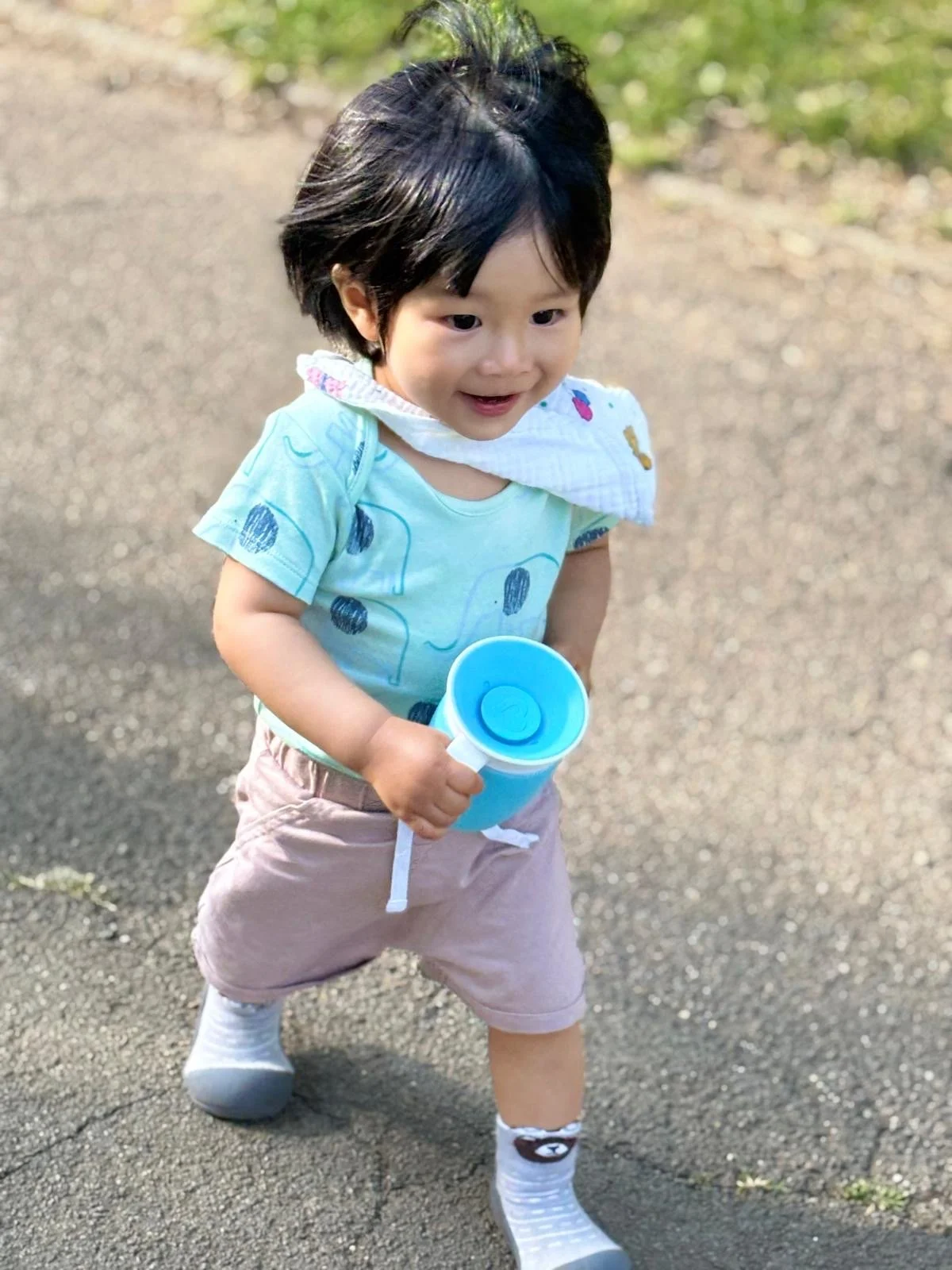What does Occupational Therapy do?
Occupational Therapy (OT) supports children to develop the functional skills for everyday activities at home, school, and in the community.
Our paediatric occupational therapists work with children and their families to build confidence, independence, and participation in meaningful tasks through play-based and evidence-based approaches.
-
Fine motor skills refer to the small movements we make using the muscles in our hands, fingers, and wrists. Examples include pincer grasp, bilateral coordination, in-hand manipulation, and dexterity. These skills are essential for everyday tasks such as writing, buttoning clothes, using utensils, and cutting with scissors.
OT support children to improve their fine motor skills through play, arts and crafts, and targeted exercises, helping them become more independent in everyday tasks and supporting their learning and play.
-
Gross motor skills are the abilities that involve using the large muscles of the body for movements such as sitting, crawling, walking, running, jumping, and climbing. These skills help children develop stability, strength, balance, coordination, and confidence in their physical abilities.
We help children develop gross motor skills to confidently take part in daily activities like playground play, sports, and maintaining good posture during table tasks such as writing or eating. Building these skills supports their physical development, coordination, and independence.
-
Play is the primary occupation of children; it is how they explore, learn, and grow.
Occupational therapy uses play-based activities to develop interpersonal skills, imagination, problem-solving, and emotional connection, while supporting overall development across all areas.
-
Emotional regulation is the ability to identify, recognise, understand, process, and manage feelings and emotions. Developing emotional regulation supports participation in activities, interpersonal relationships, decision-making, and overall well-being.
In our OT sessions, we emphasise creating a safe environment, practising co-regulation, and supporting children to understand, express, and manage their emotions.
-
Sensory processing is how we perceive, interpret, and respond to sensory information from our environment. This sensory input is essential for understanding and interacting with the world in a meaningful way. Difficulties with sensory processing can impact behaviour, attention, and participation in daily activities.
Some children have a high neurological threshold, while others are more sensitive. Some may actively seek out or avoid certain sensory stimuli, while others may appear more passive in their responses.
Occupational therapy supports children’s participation by recognising their sensory preferences and providing individualised interventions and strategies. This includes developing the child’s skills to perform tasks, adapting the environment, and creating safe, enabling spaces that promote engagement and success.
-
School readiness refers to the set of skills essential for adapting to school life. This includes self-care abilities, basic academic skills, social and emotional development, communication, and the capacity to follow routines. Being school-ready helps children feel confident, engaged, and supported as they begin kindergarten.
Occupational therapy supports children in building these foundational skills by focusing on their individual needs and goals to ensure a positive start to school.
-
Self-care skills are the everyday tasks we do to look after ourselves, such as dressing, feeding, grooming, toileting, and hygiene. These skills help children become more independent and confident in managing their personal needs. Developing self-care skills is essential for daily living and social participation.
Occupational therapists assess children’s readiness and skills in performing self-care tasks and support them to learn age-appropriate skills like dressing, feeding, toileting, and brushing teeth. Building these skills promotes independence and boosts confidence both at home and in the community.


